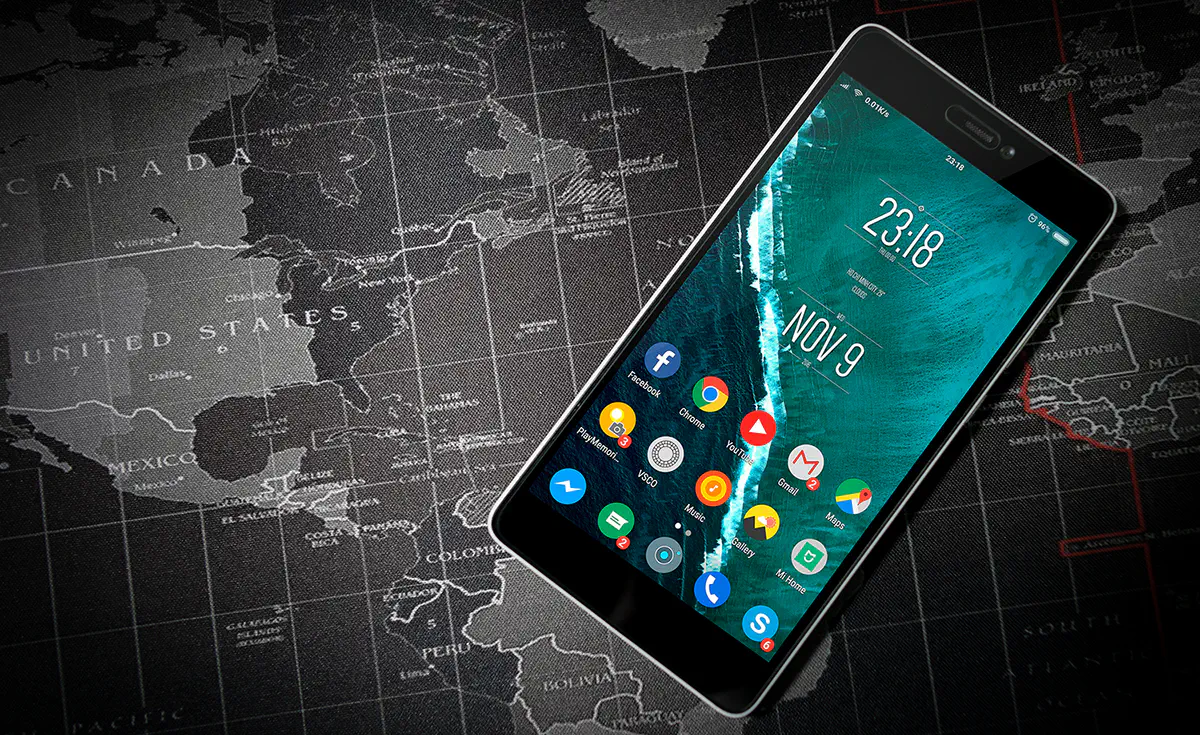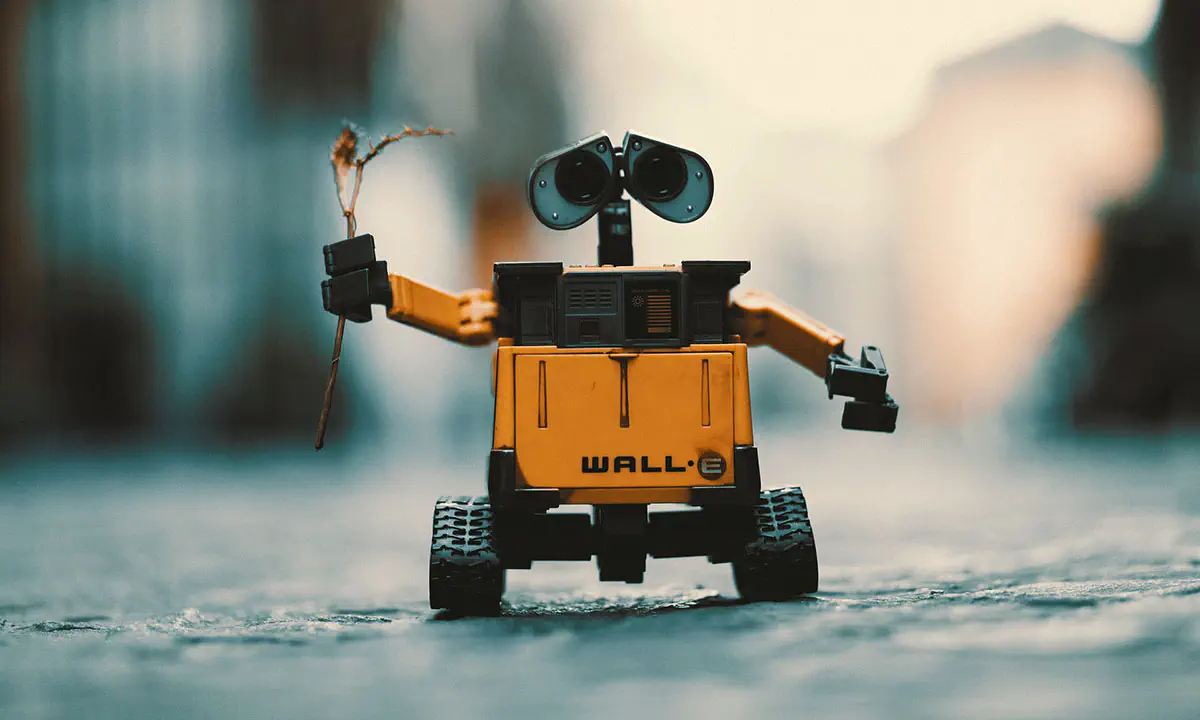Why You Should Port Your Android App to iOS or Vice Versa?

There is a joke in game industry: if you want to get profit from one game several times - port it to another platform. Look at Rockstar company, for example. In 2013 Grand Theft Auto V assailed consoles with sales in millions of copies and billions of dollars. When the craze has died down, they released the game on PCs, added some updates and ta da - GTA V became the market leader again!
This approach can hardly be called unfair or bad. Eventually, everyone wins - development company, users on all platforms at once and platform manufacturers because not everyone has the patience to wait for a few years while the entire world plays their favorite game. When the long-awaited ported version finally arrives, the patient users will have to upgrade their PCs, as the game comes with new 4k textures and trendy visual effects. I would go so far as to say that this business model is brilliant because Rockstar has cashed in on everything. It’s a great example of how to do business.
The scope of developing a video game like GTA V is surely different from making a mobile app. But still, the process of creation and promotion has a lot in common for both of them - the choice of the platform, the question of whether to port it or not, evaluating major updates, etc. Let’s talk about the key advantages of converting apps from iOS to Android (or backwards).
But first, some statistics regarding iOS and Android app development
As of January 2022, there were over 2.5 million apps available in the Google Play Store, while the Apple App Store had over 2 million apps available.
In terms of market share, Android dominates the global smartphone market with a share of over 70%, while iOS has a market share of around 28%.
The programming language Kotlin has become increasingly popular for Android app development in recent years, with around 60% of professional Android developers using Kotlin as of 2021.
Swift has become the primary programming language for iOS app development since its introduction in 2014, with around 60% of professional iOS developers using Swift as of 2021.
In terms of app revenue, the Apple App Store generates significantly more revenue than the Google Play Store. In 2020, the Apple App Store generated $64 billion in revenue, while the Google Play Store generated $38 billion.
Differences between iOS and Android
Many apps have versions for both iOS and Android. And you might have noticed that despite the fact that they go under the same brand names, they may look slightly differently and features might differ too. That’s because of the specifics of the platforms, namely:
Development languages: iOS apps are generally developed using Swift or Objective-C programming languages, while Android apps are developed using Java or Kotlin programming languages.
Design guidelines: iOS and Android have different design guidelines, which can impact how apps look and function on each platform.
App store distribution: iOS apps are distributed through the Apple App Store, while Android apps are distributed through the Google Play Store.
Fragmentation: Android devices come in a wide variety of screen sizes and resolutions, which can lead to fragmentation issues when developing apps that must work on a wide range of devices. iOS devices have a more standardized set of screen sizes and resolutions.
Device integration: iOS apps are typically more tightly integrated with the hardware and software of Apple devices, such as the camera, Siri, and Apple Pay. Android apps have similar integration with Google services, such as Google Assistant and Google Pay.
Monetization: iOS apps tend to generate more revenue than Android apps, as iOS users are more likely to pay for apps and in-app purchases.
As this is not abother article about which platform is better, iOS or Android, we’re not trying to push you into opinions. But all these have to be considered once you decide to grow your business with native apps. Moving on deeper into the topic, here are some benefits of native app development.
Reach more people
Each platform, be it iOS or Android, means not only devices of a specific manufacturer or operating system. First of all, this is a marketplace with a certain amount of users and a huge number of potential buyers. For instance, Android is less popular than iOS in U.S., Australia and Canada. However, an opposite situation is observed in China, South Korea, Japan, Mexico, India, Brazil and some other countries. Just think of how immense this market is. You can double or even triple your audience. Isn’t it a convincing argument why to convert iOS app to Android?
According to data from IDC, Android dominates the market. Devices with Google’s OS accounted for 86.8% of smartphone shipments in 2016 Q3, while Apple held only 12.5% of the market share.
Because of the vast number of users, it makes sense to develop an app for two platforms at once. Nonetheless, the best way is to launch the app for one set of devices, run some field tests with real people and, if it succeeds, think of converting it to another platform.
In the past, one of concerns about Android apps was the fact that iOS users were more willing to purchase apps in Apple Store, while most of Android-heads were satisfied with a range of free apps in Google Play. The situation has slightly changed with the release of Android 6.0 - people started to buy apps more often. Free apps turned into a kind of demo versions packed with ads, while paid ones are clean and tidy. Besides, there is an increasing number of unique and interesting apps that are available on paid basis only. Some of them have been ported from iOS. Actually, it’s a good idea is to try both monetization methods - in addition to paid app, you can create a free version and make money on ads.
Android development became easier
...and cheaper
Formerly, Android fragmentation, just like Lord Voldemort, was never spoken out loud and was often referred to as “you know what”. A diversity of screen resolutions and versions of operating system was a huge pain for the app developers and caused a big technical challenge when they had to convert Apple apps to Android. However, Google fixed this issue long ago. They shifted main Android and API functions from the operating system to Google Play services, a package that spreads new functionality across all versions of Android from 2.3 to the latest one. Designers are no longer suffering from the necessity to make icons for a dozen of resolutions and all versions of the operating system. This makes it much easier to port iOS app to Android.
Solving these issues also had an impact on the expenses associated with developing native Android apps. Now it costs about the same as making apps for iOS. In fact, there are much fewer resolutions in the latest versions of devices as they have placed stakes on a big screen. It will cost less to build a resource-intensive application just because old devices don’t have enough capabilities to run it and thus there is no need to make an additional version for Android 2.3 or 4.0.
Add more uniqueness
Each platform has its special features and unique functionality that is not available on other devices. In Android, for example, these are widgets on main screen, push notifications, physical home button and so on. That’s why, if you want to port Android app to iOS (or iOS app to Android), it’s not enough to simply transfer it from one platform to the other. It’s necessary to adapt the app to the new platform, utilize all great stuff supported by devices and create similar but at the same time unique user experience.
Nowadays, when Android development stopped being a nightmare for mobile developers and project owners, porting your app to another platform allows you to multiply success that you have already gained from the existing audience. Certainly, you first need to come up with a popular, engaging and interesting app for at least one platform, but this is a different story.
Don't want to miss anything?
Subscribe and get stories like these right into your inbox.
Keep reading

What is a Chatbot and How to Use It for Business Growth
Artificial intelligence is advancing rapidly, and chatbots are becoming a key part of this progress. Messaging apps are driving a growing demand for virtual chatbots.

Artificial Intelligence: Threat or Game-Changer?
Google, Amazon, Facebook, and other tech giants are advancing artificial intelligence systems and exploring their applications. Want to know key issues in AI development?

Optimizing Emails for the Top Email Clients: A Complete Guide
We receive countless emails daily, many of which we skip. Effective emails require custom design, writing, and layouts that work across different devices, OS, and browsers.
Contact us
Let's explore how our expertise can help you achieve your goals! Drop us a line, and we'll get back to you shortly.